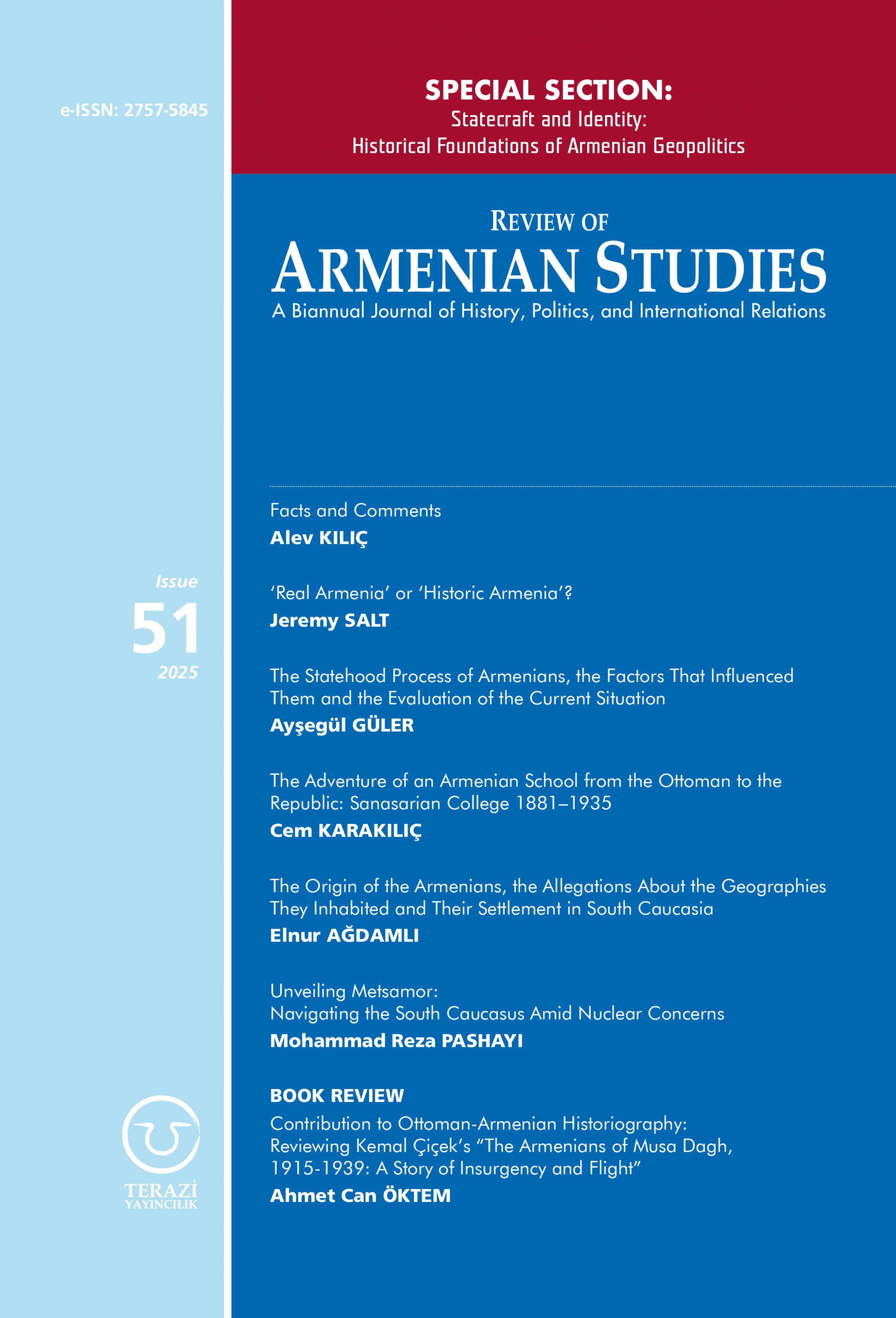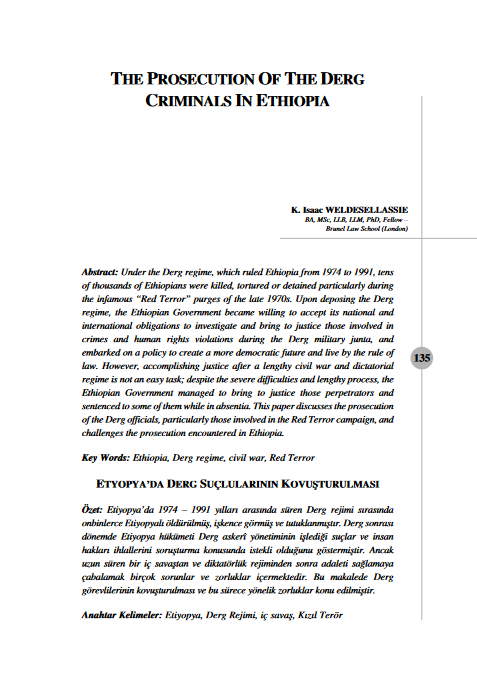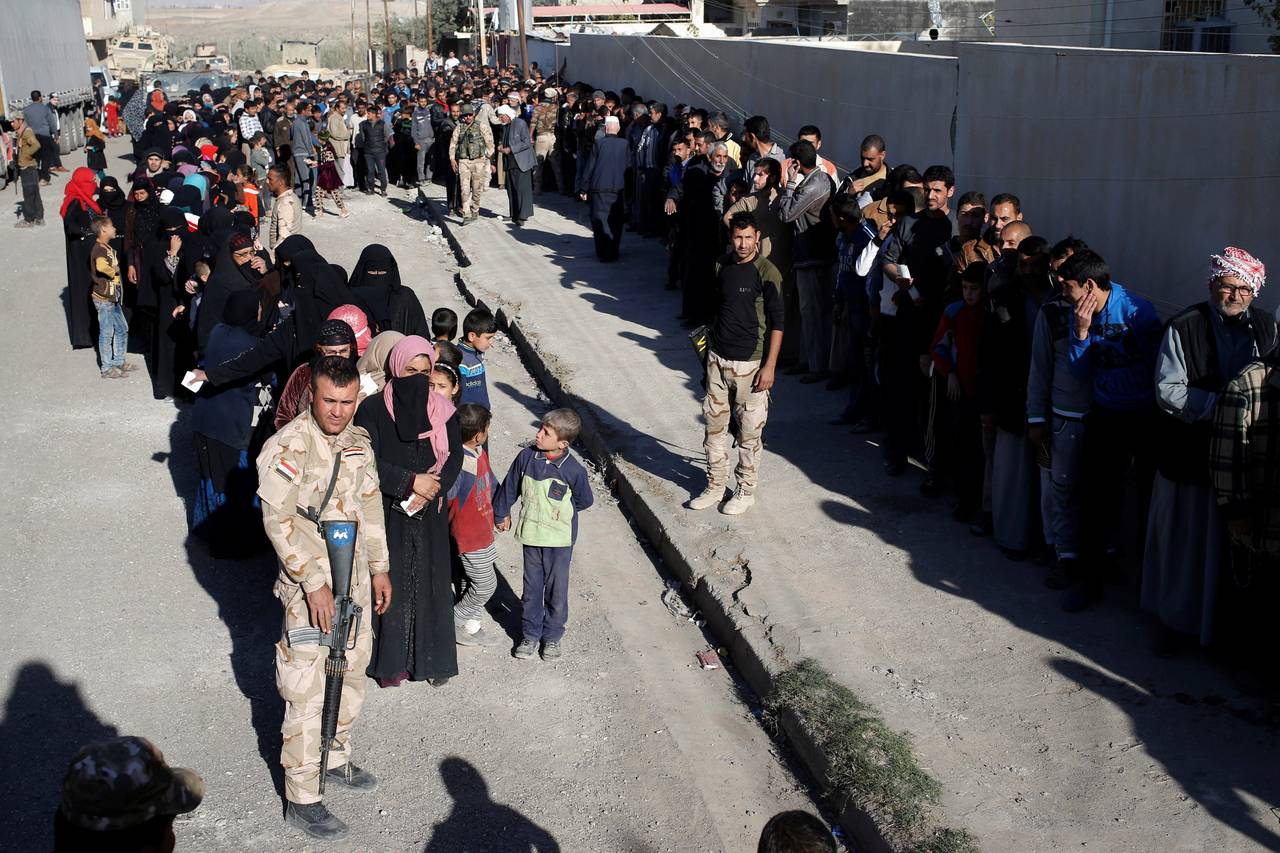
The Wall Street Journal, 25 Nov 2016
Ahead of the battle to oust Islamic State from its Mosul stronghold, Iraqi Prime Minister Haider al-Abadi sent a message to residents: Stay in your homes.
Now, more than a month into the battle, Iraq’s top military commanders are lobbying Mr. Abadi to shift tactics, officials said, as the initial lightning advance toward Iraq’s second biggest city turns into a perilous urban slog, with gains measured in feet rather than miles.
Commanders want the government to encourage residents of Mosul to flee through the handful of neighborhoods the military has already secured, they said, and thereby free the military to use heavy artillery and air power that could cause widespread harm in densely populated neighborhoods.
The risk to residents is growing in the city, home to more than 1 million people. On Thursday, Shiite militias assisting government forces said they had cut off roads west of Mosul that lead to Syria, severing a major Islamic State supply route. The move could weaken the militants but also prevent Mosul residents from receiving aid, because the government and its allies are now besieging the city from four sides.
Iraqi soldiers have taken steps to reduce civilian casualties, including conducting assaults on foot and extensive night operations. Commandos are using night-vision equipment to take out Islamic State snipers and carry out raids while residents bed down for the night, said Lt. Gen. Abdul Ghani al Assadi, commander of Iraqi counterterrorism forces.
“Inside Mosul, we are handcuffed by the presence of civilians,” said Gen. Assadi, crossing his wrists to illustrate his point.
Troops have also minimized the use of airstrikes and artillery to reduce risks to civilians, according to senior Iraqi officers.
Iraqi counterterrorism forces are also being thrust into the unfamiliar role of policing and providing for a civilian population even as they try to weed out militants in crowded neighborhoods, Gen. Assadi said. Armored Humvees are being used to deliver water and other supplies to residents.
Hossam Ghadban stayed with his wife and children in their home in east Mosul when the offensive began in October. When Iraqi forces advanced on the neighborhood, the family spent four days and nights huddled in a room that was furthest from the street, where there was a barrage of bullets and explosions.
Two houses away, a home occupied by Islamic State fighters was torched during the fighting, its cement exterior pocked with bullet holes. Mr. Ghadban and his family lived off rations handed out by Iraqi forces.
“We were stuck in the middle and all we could do was pray that the shooting would stop,” he said. “We hoped we would survive with assistance from the government.”
Soldiers also have been using armored vehicles to transport civilians injured by snipers and mortar shrapnel to overloaded field hospitals outside the city that had originally been set up to treat wounded combatants. The United Nations said this week that Islamic State snipers are targeting civilians, including children, to deter them from fleeing.
According to figures cited by the U.N., 20% of injuries from Mosul are civilians, compared with a rate of 5% typical in previous battles against Islamic State. Many wound patterns show deliberate targeting, the U.N. said.
The Iraqi prime minister’s message to Mosul residents to stay put was carried on leaflets dropped over the city before fighting began and repeated in state television broadcasts. The intent was to prevent a humanitarian crisis.
“It was better compared to the expected difficulty of dealing with hundreds of thousands of displaced people, in light of cold weather and Iraqi government lack of logistic and financial capabilities,” said Mr. Abadi’s spokesman, Saad al-Hadithi.
The decision to urge civilians to remain in the city was supported by the U.S.-led coalition assisting Iraqi forces in the war against Islamic State, as it was seen as the best way to minimize casualties, according to Col. John Dorrian, the coalition’s Baghdad-based spokesman.
A mass exodus from Mosul would have led to an expensive effort to resettle the displaced, with the risk of inflaming sectarian tensions in one of Iraq’s most historically diverse cities. The Iraqi government is trying to rebuild and repopulate other major cities cleared of Islamic State, including Ramadi, which was largely flattened by fighting.
So while Iraqi officials established safe corridors for civilians to flee, they didn’t make them public. Officials feared militants would target escaping residents or blend among them.
Nearly 70,000 people have fled the fighting around Mosul, according to the U.N., about one-third the number of people it expected to leave in the first phase of the battle.
Gen. Assadi said previous fights his troops led, including in smaller cities such as Fallujah and Ramadi, were easier to carry out because those places had been largely cleared of residents by the time Iraqi forces reached the city limits.
“It would have been better for us to have the civilians out but the command center plan was to have them stay in their homes,” said Brig. Gen. Adil al-Shammari, the field commander of an Iraqi army division fighting to enter Mosul from the north.
Residents of Mr. Ghadban’s neighborhood described sleepless nights amid mortar explosions and heavy machine-gun fire. Still, they said, fleeing to crowded camps outside Mosul was an unattractive option.
“You wait 10 hours to get a single blanket,” said Hany Hamid, a retired civil servant. “My house has more than 20 blankets. I am 77 years old, I won’t go and beg for food and a blanket.”
Shortly after Mr. Hamid spoke, a mortar exploded nearby, sending him scrambling into his villa as soldiers ducked behind their armored vehicle.
No comments yet.
- RISKING FLAMES AND MINES, IRAQ OIL WORKERS BATTLE TO CAP BURNING WELLS Iraq 25.11.2016
-
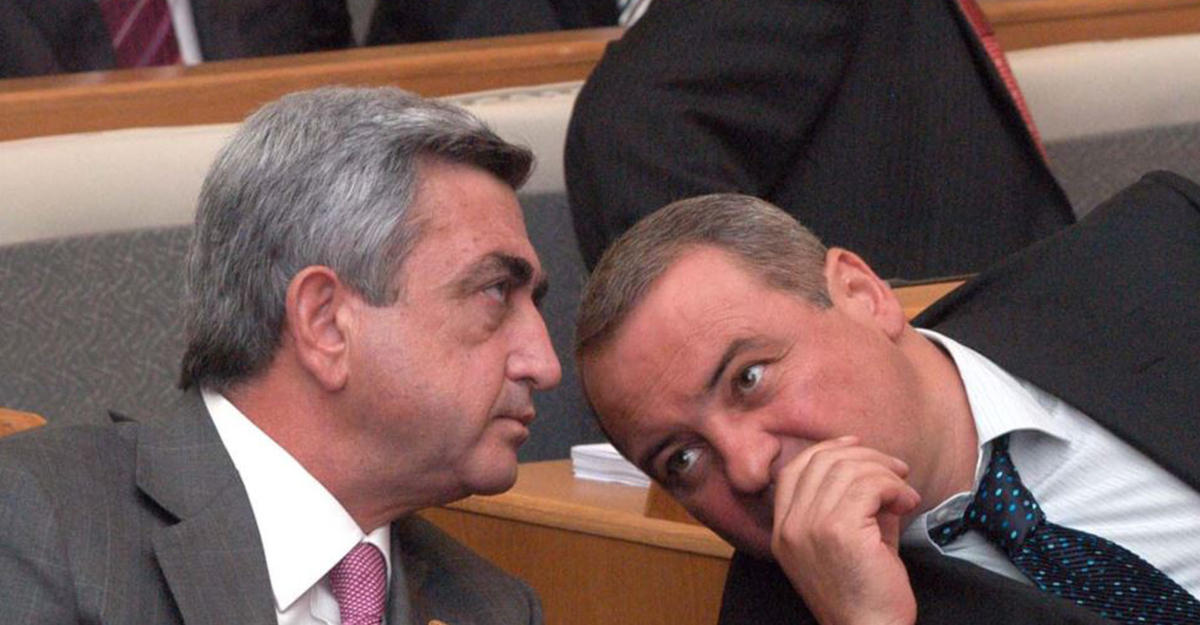 NEW ROTATION: "KARABAKH CLAN" IN ARMENIA MAY REPLACE CURRENT LEADER
The Caucasus and Turkish-Armenian Relations
25.11.2016
NEW ROTATION: "KARABAKH CLAN" IN ARMENIA MAY REPLACE CURRENT LEADER
The Caucasus and Turkish-Armenian Relations
25.11.2016
- RUSSIA SHOWS OFF NEW WEAPONS AS SYRIA OFFENSIVE RESUMES Asia - Pacific 25.11.2016
- ARMENIA DISTORTS PRINCIPLES OF NEGOTIATION PROCESS - AZERBAIJAN The Caucasus and Turkish-Armenian Relations 25.11.2016
- IF EU PARLIAMENT RESOLUTION TO COUNTER RUSSIAN MEDIA IMPLEMENTED, RETALIATION WILL FOLLOW – MOSCOW Asia - Pacific 25.11.2016
-
25.01.2016
THE ARMENIAN QUESTION - BASIC KNOWLEDGE AND DOCUMENTATION -
12.06.2024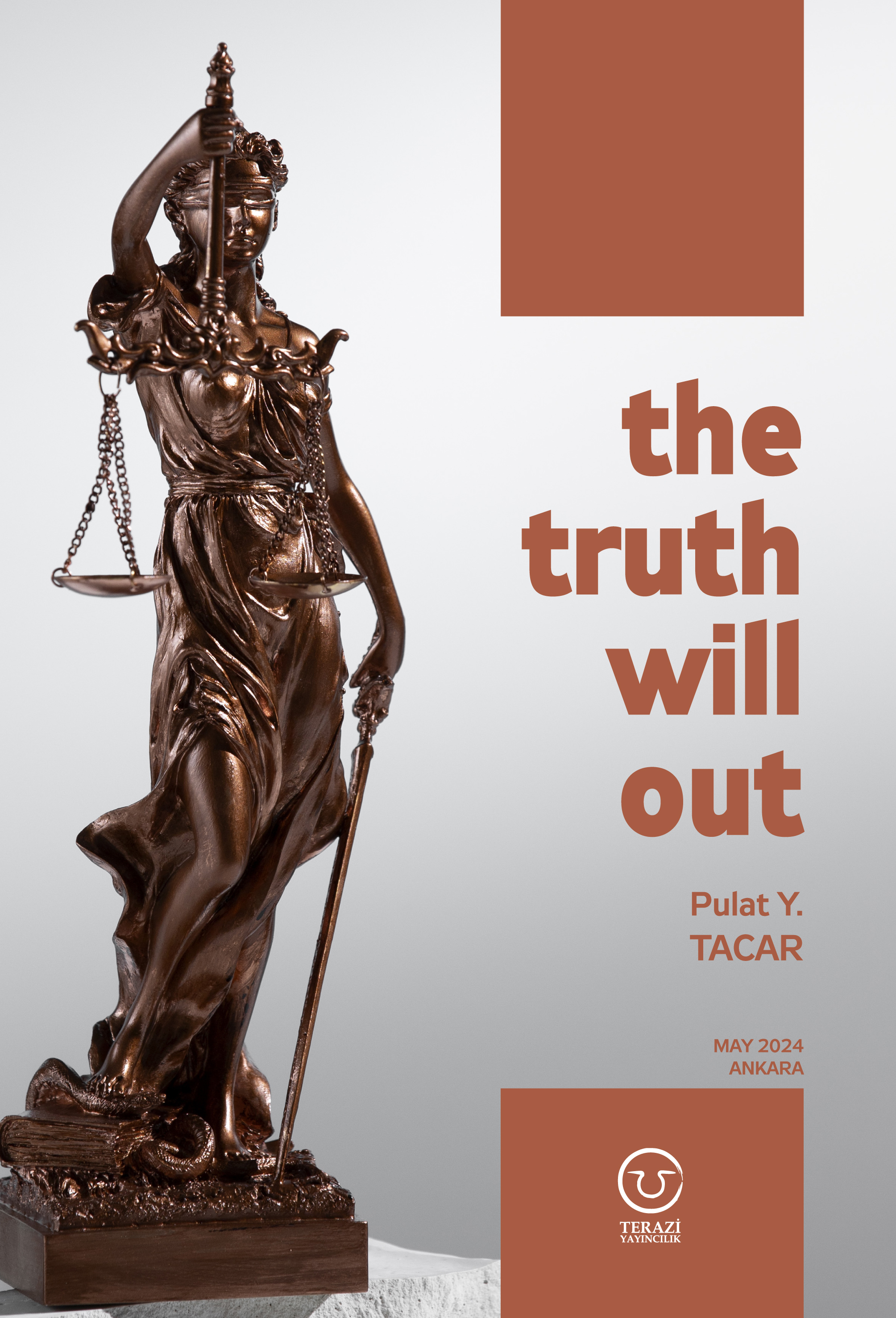
THE TRUTH WILL OUT -
27.03.2023
RADİKAL ERMENİ UNSURLARCA GERÇEKLEŞTİRİLEN MEZALİMLER VE VANDALİZM -
17.03.2023
PATRIOTISM PERVERTED -
23.02.2023
MEN ARE LIKE THAT -
03.02.2023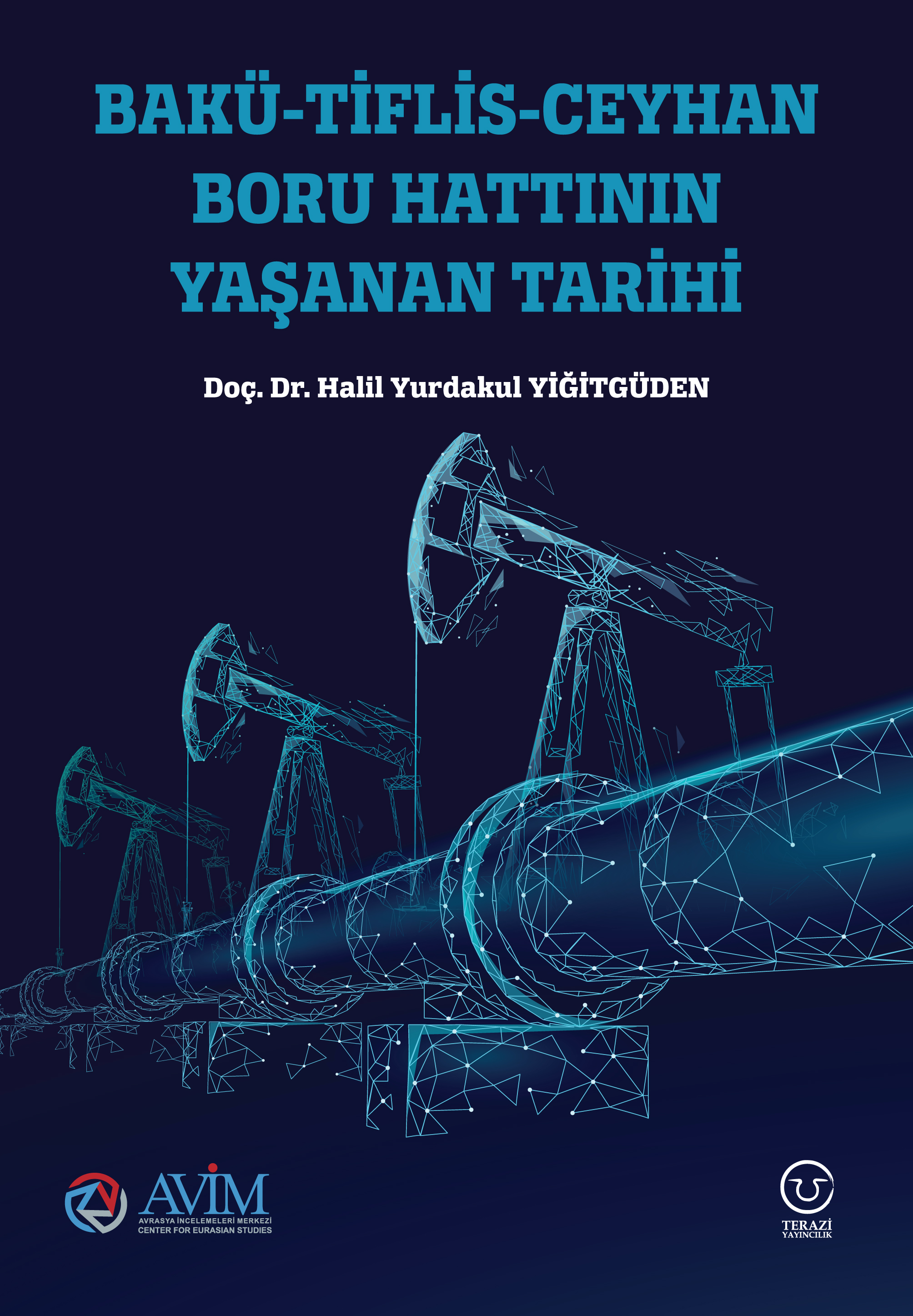
BAKÜ-TİFLİS-CEYHAN BORU HATTININ YAŞANAN TARİHİ -
16.12.2022
INTERNATIONAL SCHOLARS ON THE EVENTS OF 1915 -
07.12.2022
FAKE PHOTOS AND THE ARMENIAN PROPAGANDA -
07.12.2022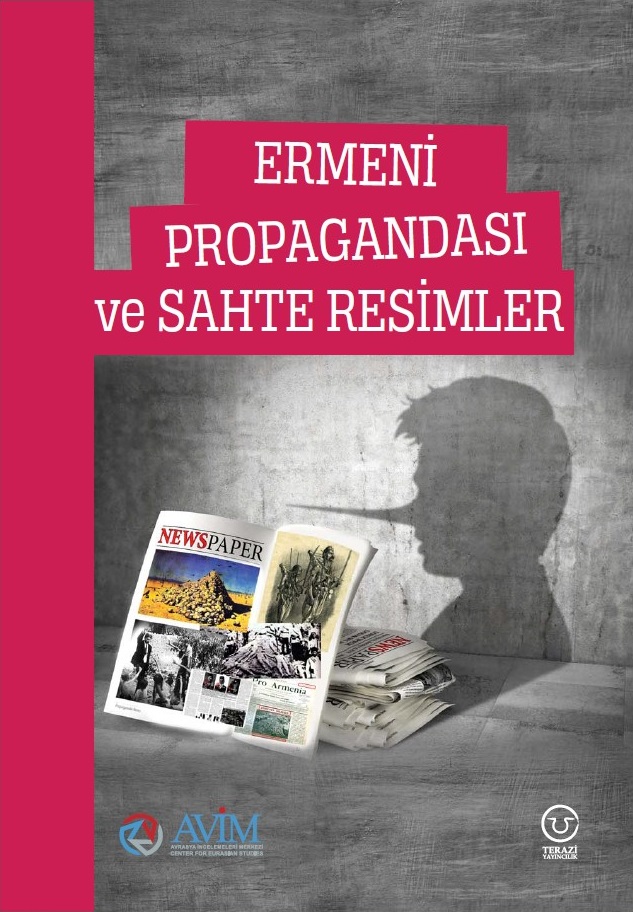
ERMENİ PROPAGANDASI VE SAHTE RESİMLER -
01.01.2022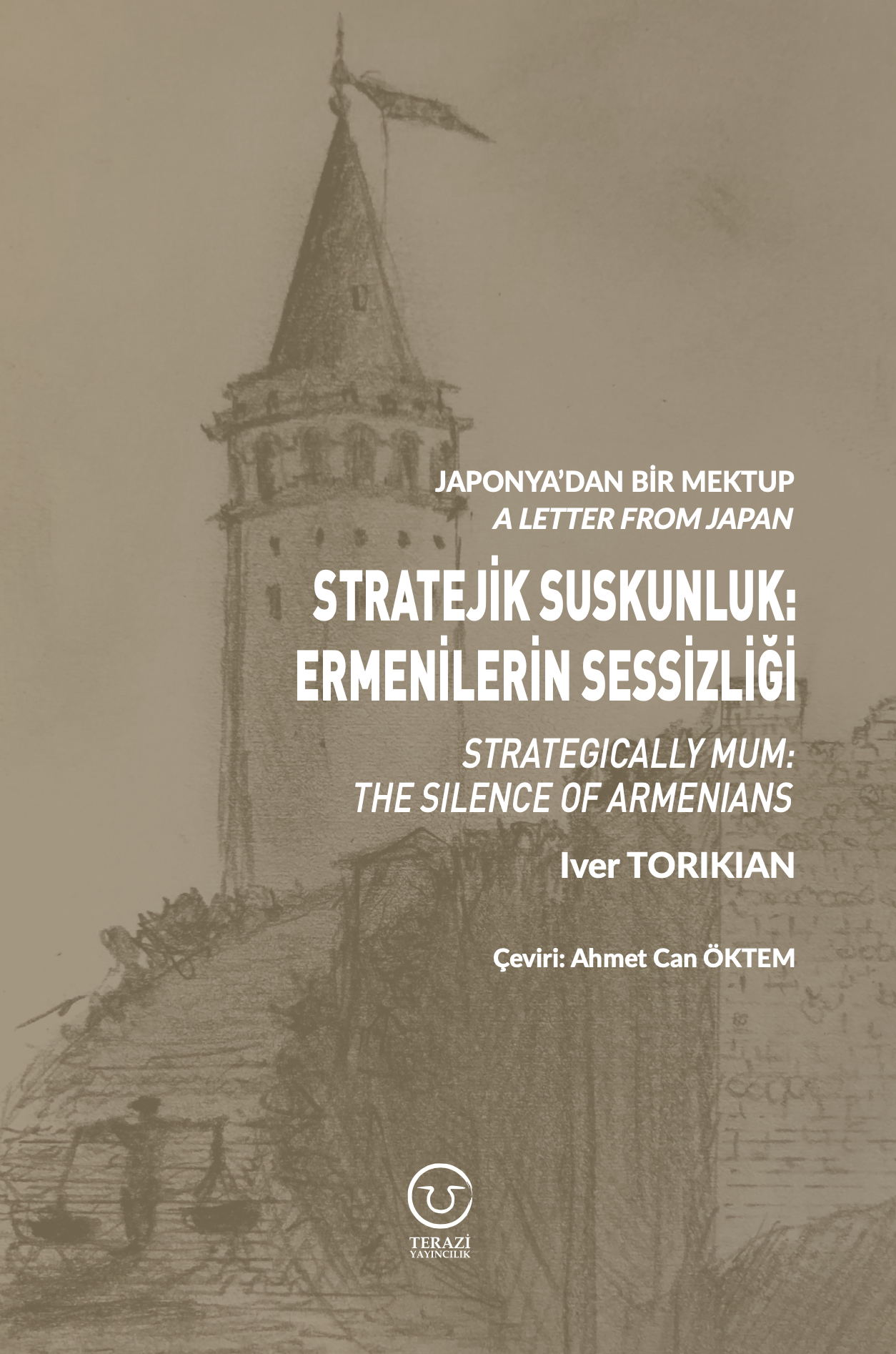
A Letter From Japan - Strategically Mum: The Silence of the Armenians -
01.01.2022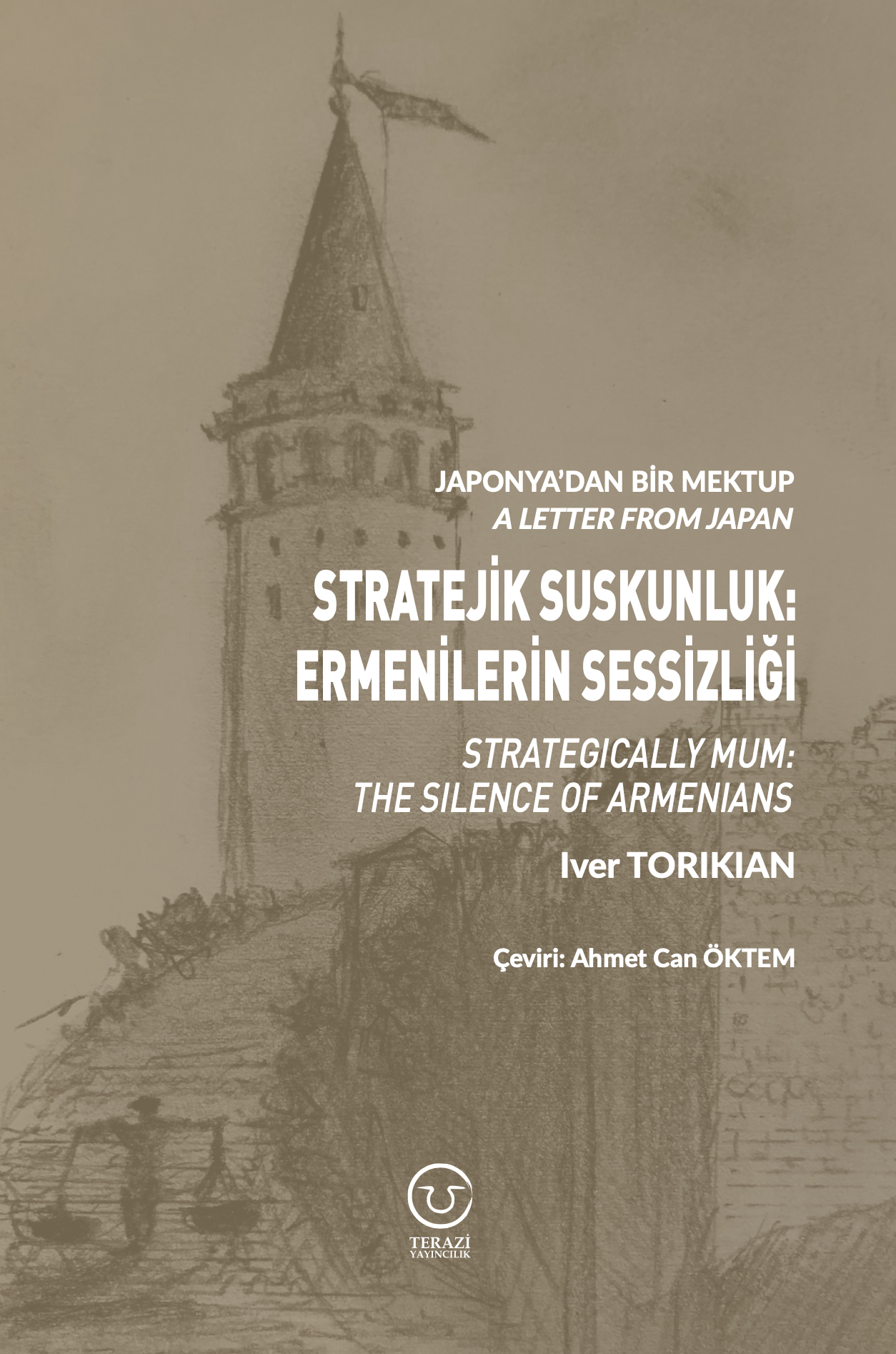
Japonya'dan Bir Mektup - Stratejik Suskunluk: Ermenilerin Sessizliği -
03.06.2020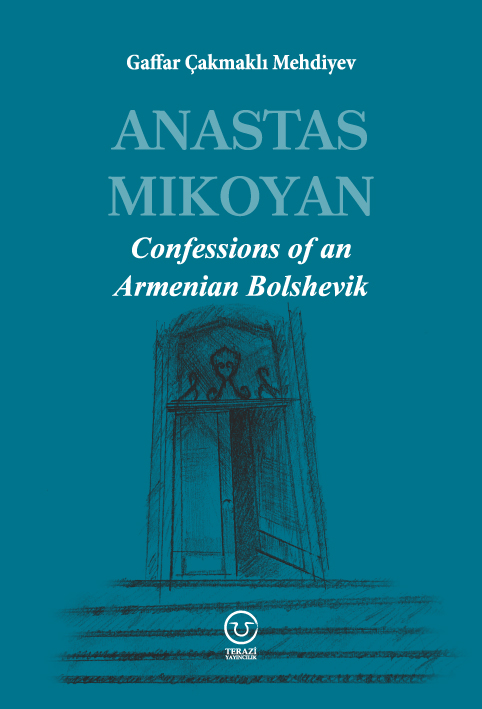
Anastas Mikoyan: Confessions of an Armenian Bolshevik -
08.04.2020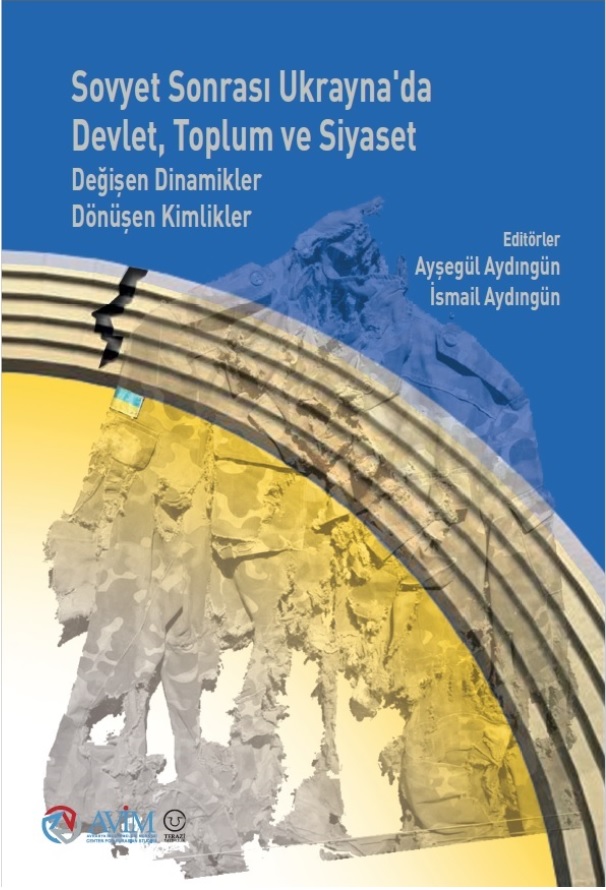
Sovyet Sonrası Ukrayna’da Devlet, Toplum ve Siyaset - Değişen Dinamikler, Dönüşen Kimlikler -
12.06.2018
Ermeni Sorunuyla İlgili İngiliz Belgeleri (1912-1923) - British Documents on Armenian Question (1912-1923) -
02.12.2016
Turkish-Russian Academics: A Historical Study on the Caucasus -
01.07.2016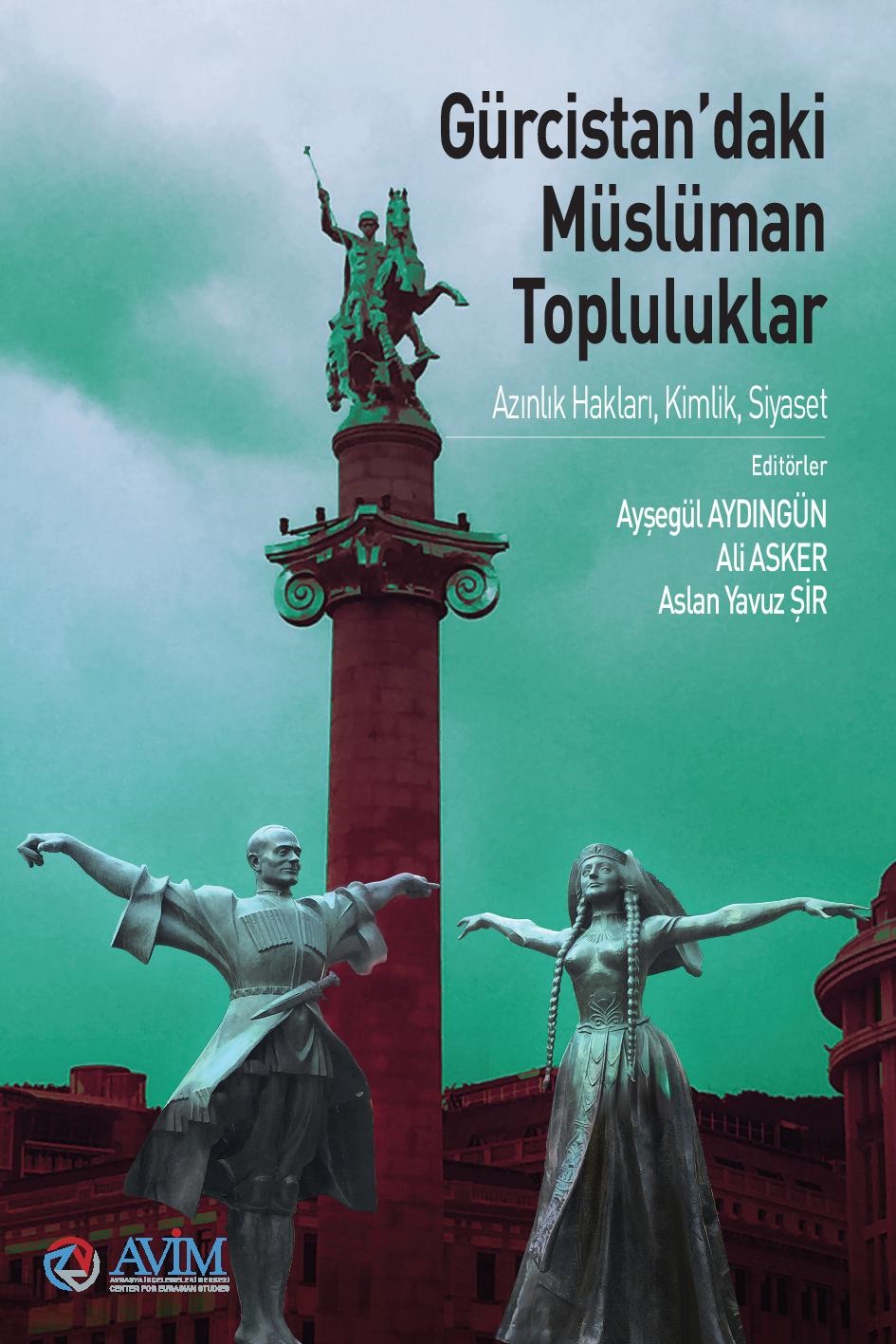
Gürcistan'daki Müslüman Topluluklar: Azınlık Hakları, Kimlik, Siyaset -
10.03.2016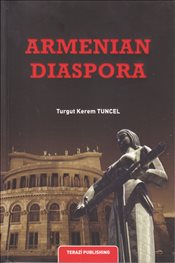
Armenian Diaspora: Diaspora, State and the Imagination of the Republic of Armenia -
24.01.2016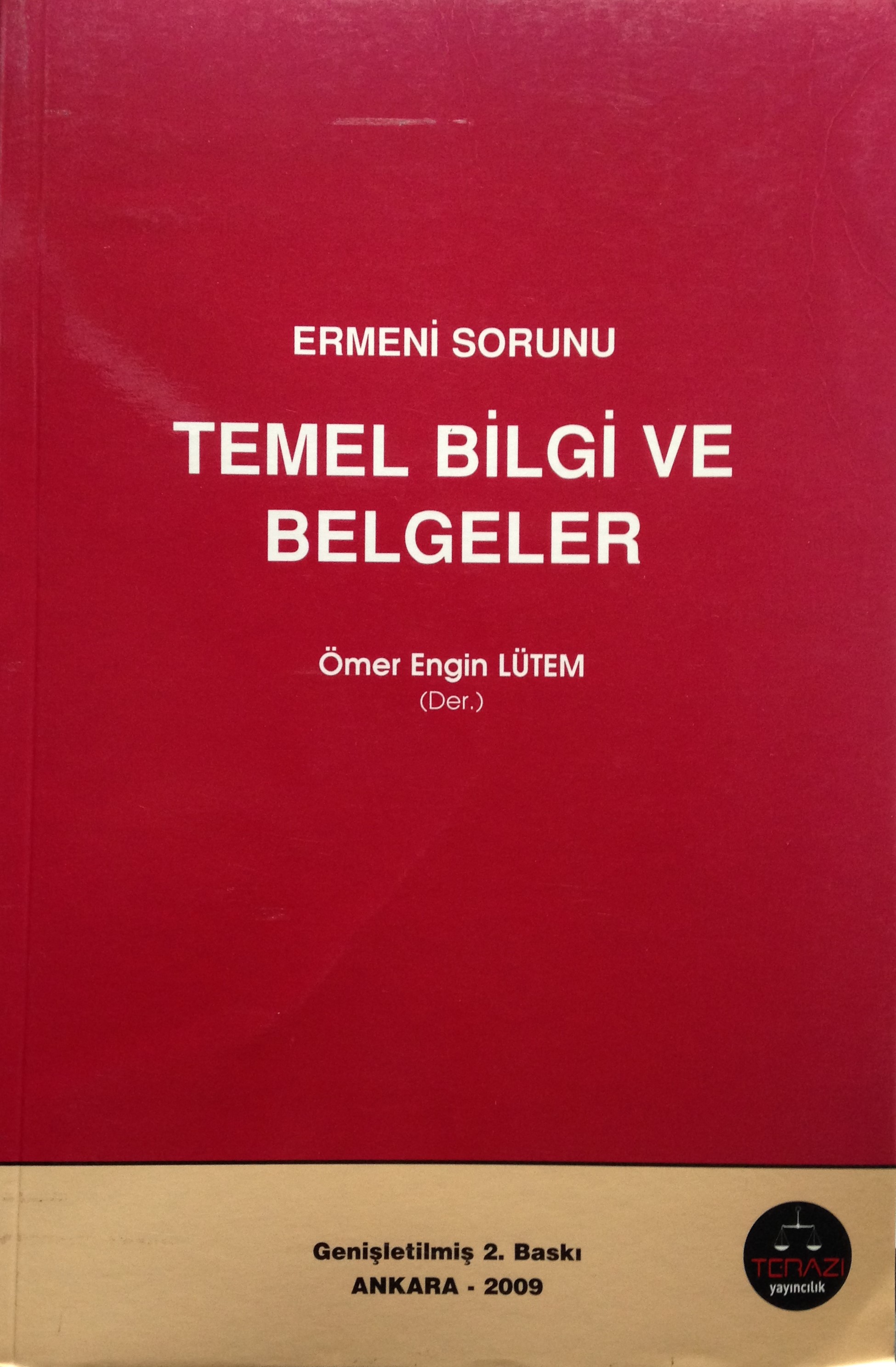
ERMENİ SORUNU - TEMEL BİLGİ VE BELGELER (2. BASKI)
-
AVİM Conference Hall 24.01.2023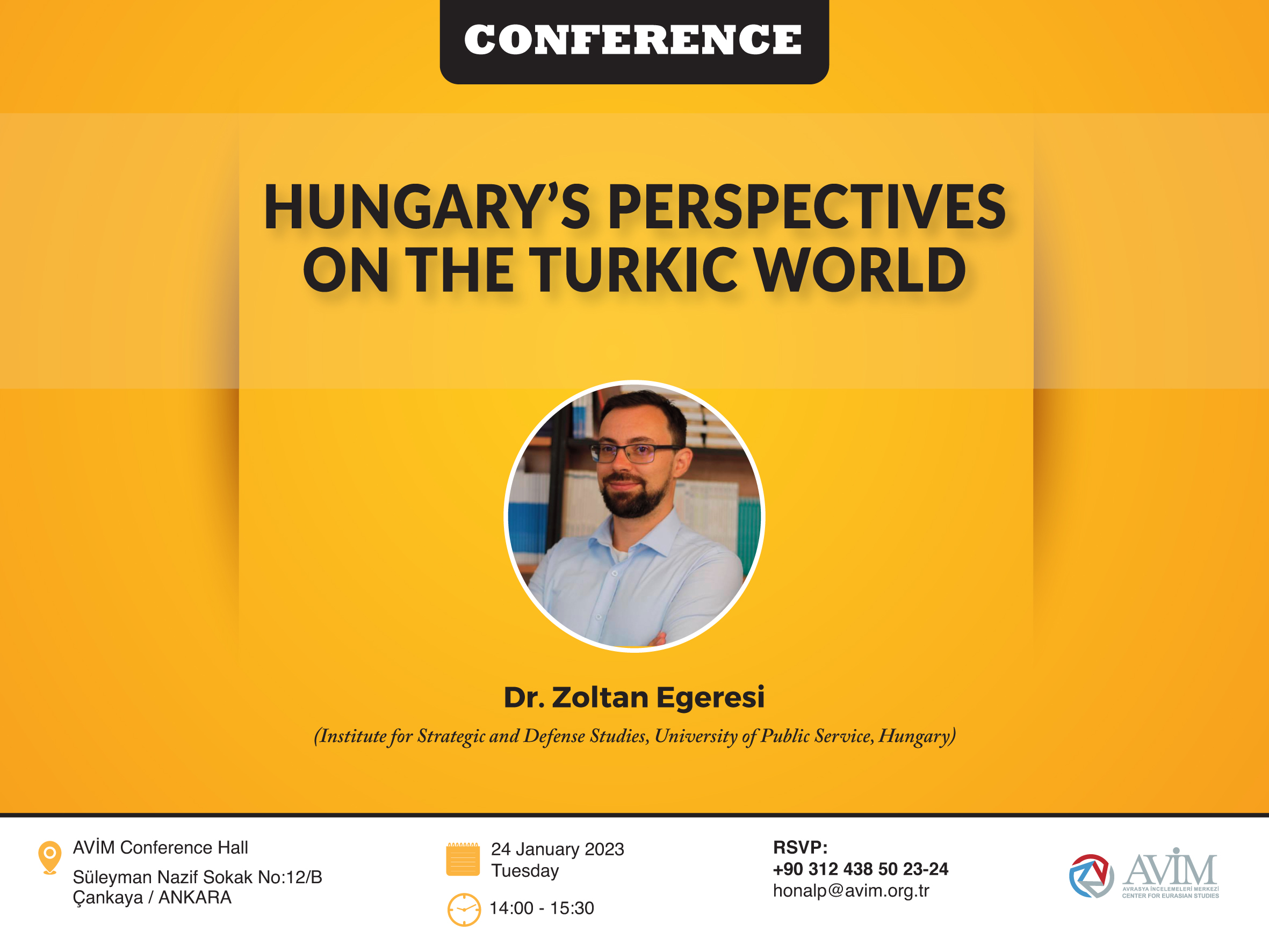
CONFERENCE TITLED “HUNGARY’S PERSPECTIVES ON THE TURKIC WORLD"


